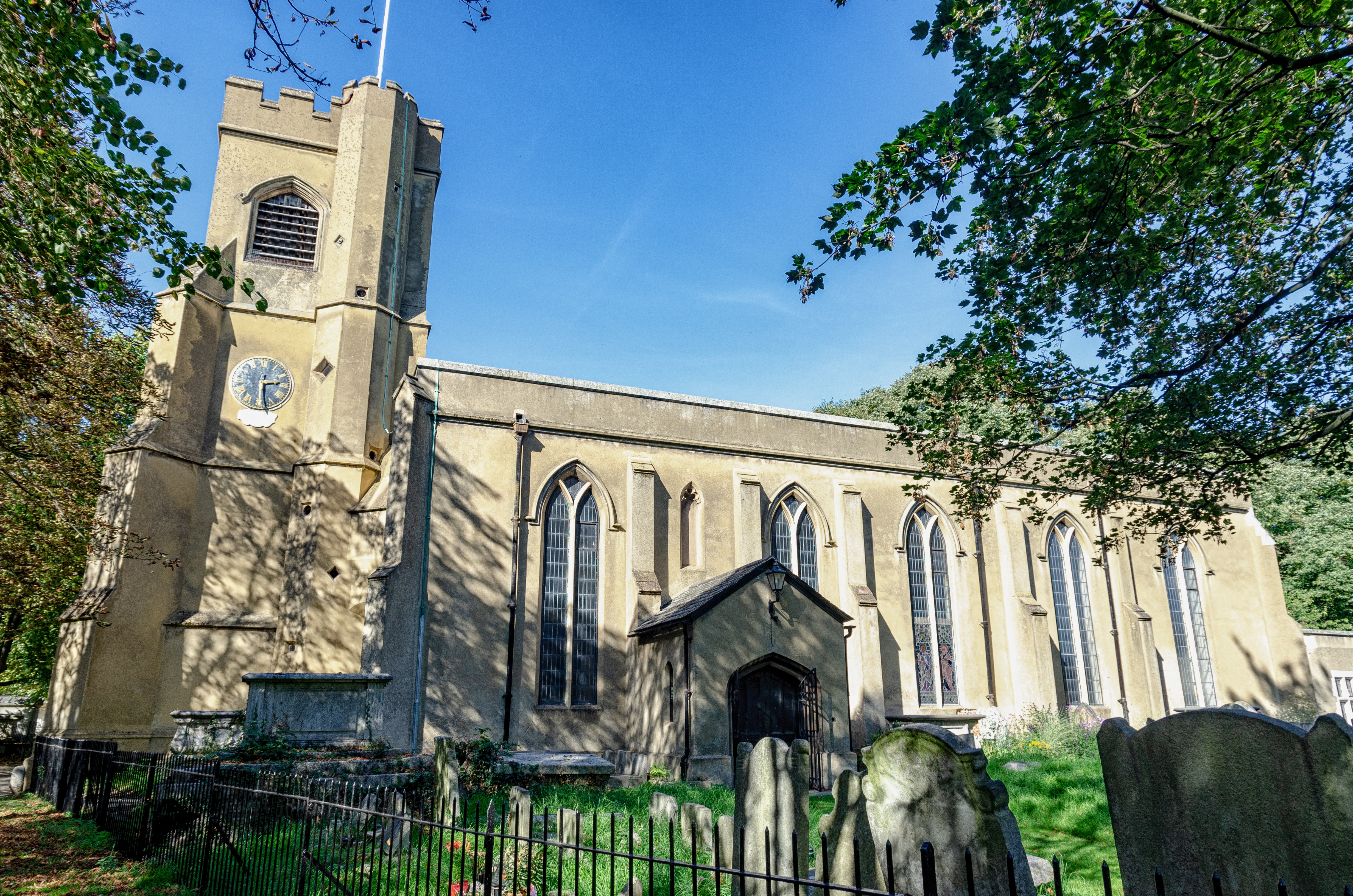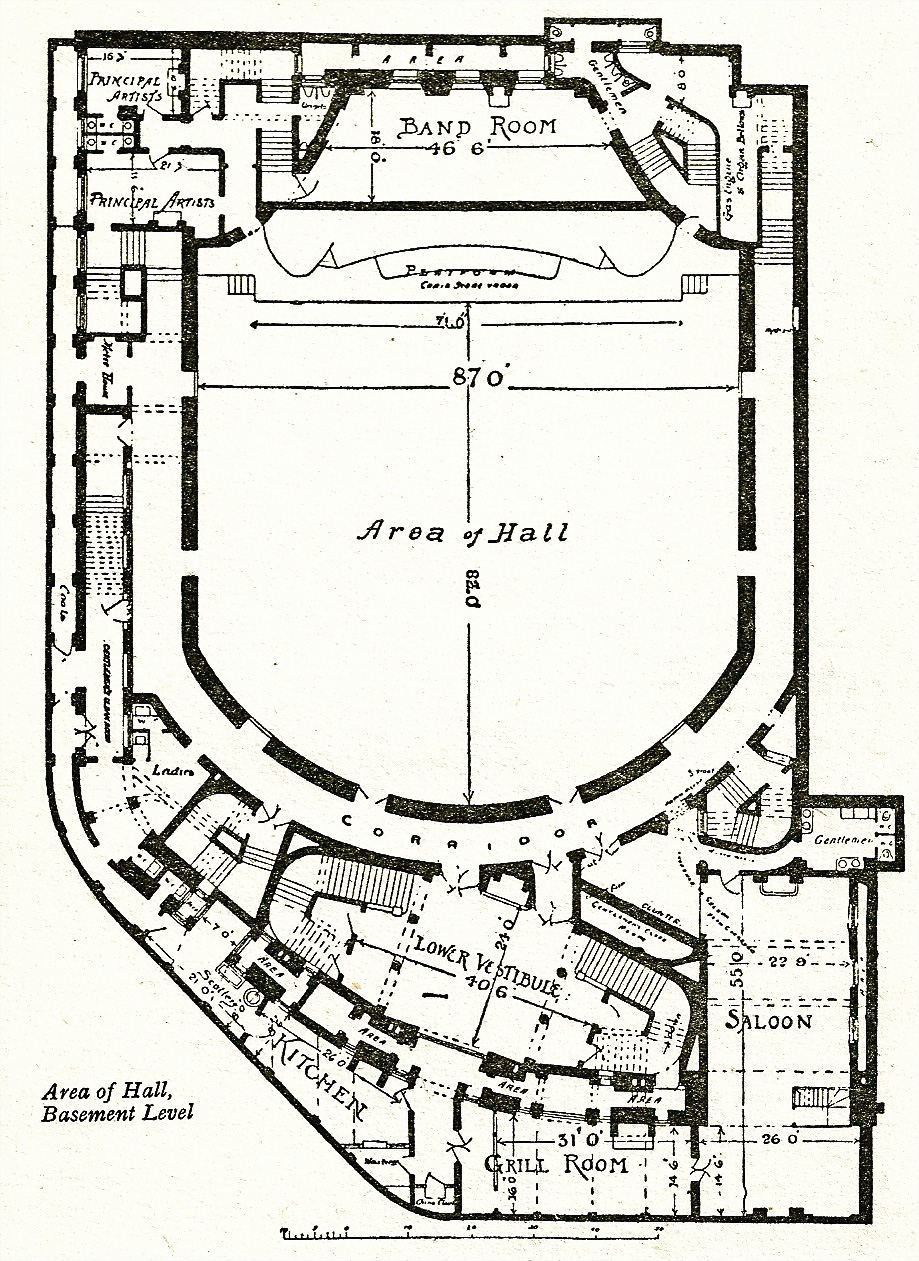|
Birt Acres
Birt Acres (23 July 1854 – 27 December 1918) was an American and British photographer and film pioneer. Among his contributions to the early film industry are the first working 35 mm camera in Britain (Wales), and ''Birtac'', the first daylight loading home movie camera and projector. He also directed a number of early silent films. Early life Born in Richmond, Virginia, on 23 July 1854, to English parents. He became an orphan at the age of 14, during the American Civil War and was raised by an aunt. Career Acres invented the first British 35 mm moving picture camera, ''Birtac'' which was the first daylight loading home movie camera and projector; he was also the first travelling newsreel reporter in international film history and the first European film maker who had his films shown in the United States in public performances. He contributed much to the introduction and development of cinematography in all its aspects, from the construction of cameras, projectors, f ... [...More Info...] [...Related Items...] OR: [Wikipedia] [Google] [Baidu] |
Richmond, Virginia
(Thus do we reach the stars) , image_map = , mapsize = 250 px , map_caption = Location within Virginia , pushpin_map = Virginia#USA , pushpin_label = Richmond , pushpin_map_caption = Location within Virginia##Location within the contiguous United States , pushpin_relief = yes , coordinates = , subdivision_type = Country , subdivision_name = , subdivision_type1 = U.S. state, State , subdivision_name1 = , established_date = 1742 , , named_for = Richmond, London, Richmond, United Kingdom , government_type = , leader_title = List of mayors of Richmond, Virginia, Mayor , leader_name = Levar Stoney (Democratic Party (United States), D) , total_type = City , area_magnitude = 1 E8 , area_total_sq_mi = 62.57 , area_land_sq_mi = 59.92 , area_ ... [...More Info...] [...Related Items...] OR: [Wikipedia] [Google] [Baidu] |
Cinematography
Cinematography (from ancient Greek κίνημα, ''kìnema'' "movement" and γράφειν, ''gràphein'' "to write") is the art of motion picture (and more recently, electronic video camera) photography. Cinematographers use a lens to focus reflected light from objects into a real image that is transferred to some image sensor or light-sensitive material inside a movie camera. These exposures are created sequentially and preserved for later processing and viewing as a motion picture. Capturing images with an electronic image sensor produces an electrical charge for each pixel in the image, which is electronically processed and stored in a video file for subsequent processing or display. Images captured with photographic emulsion result in a series of invisible latent images on the film stock, which are chemically " developed" into a visible image. The images on the film stock are projected for viewing the same motion picture. Cinematography finds uses in many fields of ... [...More Info...] [...Related Items...] OR: [Wikipedia] [Google] [Baidu] |
Stereoscopic
Stereoscopy (also called stereoscopics, or stereo imaging) is a technique for creating or enhancing the depth perception, illusion of depth in an image by means of stereopsis for binocular vision. The word ''stereoscopy'' derives . Any stereoscopic image is called a stereogram. Originally, stereogram referred to a pair of stereo images which could be viewed using a stereoscope. Most stereoscopic methods present a pair of two-dimensional images to the viewer. The left image is presented to the left eye and the right image is presented to the right eye. When viewed, the human brain perceives the images as a single 3D view, giving the viewer the perception of Three-dimensional space, 3D depth. However, the 3D effect lacks proper focal depth, which gives rise to the Vergence-Accommodation Conflict. Stereoscopy is distinguished from other types of 3d display#3D displays, 3D displays that display an image in Three-dimensional space, three full dimensions, allowing the observer to ... [...More Info...] [...Related Items...] OR: [Wikipedia] [Google] [Baidu] |
Photographic Print
Photographic printing is the process of producing a final image on paper for viewing, using chemically sensitized paper. The paper is exposed to a photographic negative, a positive transparency (or ''slide''), or a digital image file projected using an enlarger or digital exposure unit such as a LightJet or Minilab printer. Alternatively, the negative or transparency may be placed atop the paper and directly exposed, creating a contact print. Digital photographs are commonly printed on plain paper, for example by a color printer, but this is not considered "photographic printing". Following exposure, the paper is processed to reveal and make permanent the latent image. Printing on black-and-white paper The process consists of four major steps, performed in a photographic darkroom or within an automated photo printing machine. These steps are: *Exposure of the image onto the sensitized paper using a contact printer or enlarger; * Processing of the latent image using the f ... [...More Info...] [...Related Items...] OR: [Wikipedia] [Google] [Baidu] |
Walthamstow, London
Walthamstow ( or ) is a large town in east London, England, within the ceremonial county of Greater London and the ancient county of Essex. Situated northeast of Charing Cross, the town borders Chingford to the north, Snaresbrook and South Woodford to the east, Leyton and Leytonstone to the south, and Tottenham to the west. At the 2011 census, the town had a population of approximately 109,424. Occupying most of the town's east-to-west High Street, Walthamstow Market is the longest outdoor market in Europe. East of the town centre is Walthamstow Village, the oldest part of Walthamstow, and the location of St Mary's Church, the town's parish church. To the north of the town is the former Walthamstow Stadium, which was considered an East End landmark. The William Morris Gallery in Forest Road, a museum that was once the family home of William Morris, is a Grade II* listed building. The town is served by five railway stations, including Walthamstow Central and Blackhorse Road� ... [...More Info...] [...Related Items...] OR: [Wikipedia] [Google] [Baidu] |
Alhambra Theatre
The Alhambra was a popular theatre and music hall located on the east side of Leicester Square, in the West End of London. It was built originally as the Royal Panopticon of Science and Arts opening on 18 March 1854. It was closed after two years and reopened as the Alhambra. The building was demolished in 1936. The name was also adopted by many other British music hall theatres located elsewhere; in Bradford, in Hull and in Glasgow etc. The name comes from association with the Moorish splendour of the Alhambra palace in Granada, Spain. History Origins The Alhambra was originally known as the Royal Panopticon and was a landmark building at 23–27 Leicester Square, completed in 1854 by T. Hayter Lewis as a venue for showcasing the finest in the arts and for scientific demonstrations and popular education. This lasted for two years, and then the decision to add a circus ring was taken. When it reopened on 3 April 1858 it was renamed the Alhambra. The 1858 building conversion to ... [...More Info...] [...Related Items...] OR: [Wikipedia] [Google] [Baidu] |
Queen's Hall
The Queen's Hall was a concert hall in Langham Place, London, opened in 1893. Designed by the architect Thomas Knightley, it had room for an audience of about 2,500 people. It became London's principal concert venue. From 1895 until 1941, it was the home of the promenade concerts ("The Proms") founded by Robert Newman together with Henry Wood. The hall had drab decor and cramped seating but superb acoustics. It became known as the "musical centre of the ritishEmpire", and several of the leading musicians and composers of the late 19th and early 20th centuries performed there, including Claude Debussy, Edward Elgar, Maurice Ravel and Richard Strauss. In the 1930s, the hall became the main London base of two new orchestras, the BBC Symphony Orchestra and the London Philharmonic Orchestra. These two ensembles raised the standards of orchestral playing in London to new heights, and the hall's resident orchestra, founded in 1893, was eclipsed and it disbanded in 1930. The new ... [...More Info...] [...Related Items...] OR: [Wikipedia] [Google] [Baidu] |
Royal Photographic Society
The Royal Photographic Society of Great Britain, commonly known as the Royal Photographic Society (RPS), is one of the world's oldest photographic societies. It was founded in London, England, in 1853 as the Photographic Society of London with the objective of promoting the art and science of photography, and in 1853 received Monarchy of the United Kingdom, royal patronage from Queen Victoria and Albert, Prince Consort, Prince Albert. A change to the society's name to reflect the patronage was, however, not considered expedient at the time. In 1874, it was renamed the Photographic Society of Great Britain, and only from 1894 did it become known as the Royal Photographic Society of Great Britain, a title which it continues to use today. On 25 June 2019, the Duchess of Cambridge, now Catherine, Princess of Wales, became the Society's Patron, taking over from Queen Elizabeth II who had been patron since 1952. A registered Charitable organization, charity since 1962, in July 2004, ... [...More Info...] [...Related Items...] OR: [Wikipedia] [Google] [Baidu] |
New Barnet
New Barnet is a neighbourhood on the north east side of the London Borough of Barnet. It is a largely residential North London suburb located east of Chipping Barnet, west of Cockfosters, south of the village of Monken Hadley and north of Oakleigh Park. Residential properties include a mix of late Victorian villas and terraces, Edwardian detached housing, 1950-60s council housing and the redevelopment of land to low storey flats in the 1980s and 1990s. The north edge of New Barnet borders Monken Hadley Common, a common mostly made up of woods and cut by walking paths. The main commercial area in New Barnet is east of New Barnet railway station on East Barnet Road. The high street is dominated by a medium-sized Sainsbury's supermarket with parking on top and is surrounded by a cluster of shops and facilities including Fayers, Just Add Water, PureGym, Tesco Express, Majestic Wine, The Party Shop, Bikestrobe, Ink n Toner and Bodens Performing Arts. Several independent cafés also e ... [...More Info...] [...Related Items...] OR: [Wikipedia] [Google] [Baidu] |
Lytton Road Assembly Rooms
The Lytton Road Assembly Rooms were built by E. Fergusson Taylor in New Barnet around 1870. Film pioneer Birt Acres Birt Acres (23 July 1854 – 27 December 1918) was an American and British photographer and film pioneer. Among his contributions to the early film industry are the first working 35 mm camera in Britain (Wales), and ''Birtac'', the first ... gave a display of moving pictures to the Lyonsdown Photographic Society there on 10 January 1896. The building became a cinema in 1925Regal Cinema. Ken Roe, Cinema Treasures. Retrieved 28 May 2017. and was replaced with a purpose built building in 1926 known as The Hippodrome, the New Barnet Kinema, the New Barnet Picture Theatre, and The Regal from 1933. [...More Info...] [...Related Items...] OR: [Wikipedia] [Google] [Baidu] |
The Oxford And Cambridge University Boat Race (1895 Film)
''The Oxford and Cambridge University Boat Race'' is an 1895 British short black-and-white silent documentary film directed and produced by Birt Acres. It was filmed on 30 March 1895. This film became the first in the UK to be commercially screened outside London and was displayed at Cardiff Cardiff (; cy, Caerdydd ) is the capital and largest city of Wales. It forms a principal area, officially known as the City and County of Cardiff ( cy, Dinas a Sir Caerdydd, links=no), and the city is the eleventh-largest in the United Kingd ... Town Hall on 5 May 1896. Content The film consists of a simple shot (approximately one minute or less) of the 1895 edition of the Oxford versus Cambridge University Boat Race. References External links * 1895 films 1890s British films British short documentary films British silent short films Seafaring films Documentary films about water transport Rowing films 1890s short documentary films Black-and-white documentary fi ... [...More Info...] [...Related Items...] OR: [Wikipedia] [Google] [Baidu] |








